topspeed3
ACCESS: Secret
- Joined
- 31 January 2011
- Messages
- 329
- Reaction score
- 116
Justo Miranda said:S.A.I.403
The span in wiki is 9 m; http://en.wikipedia.org/wiki/Ambrosini_SAI.403
Which is correct 9.8 or 9 m ?
Justo Miranda said:S.A.I.403
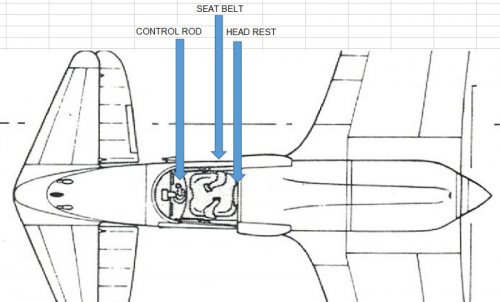
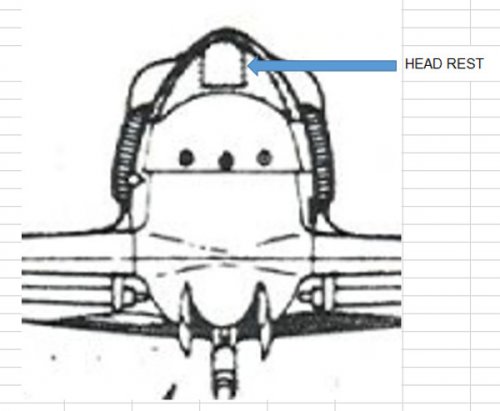
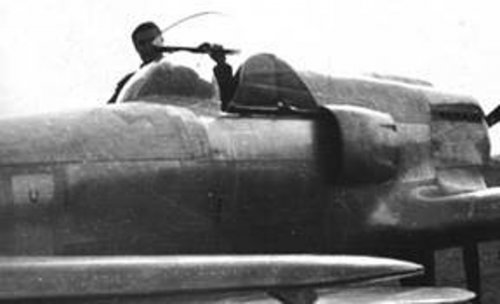
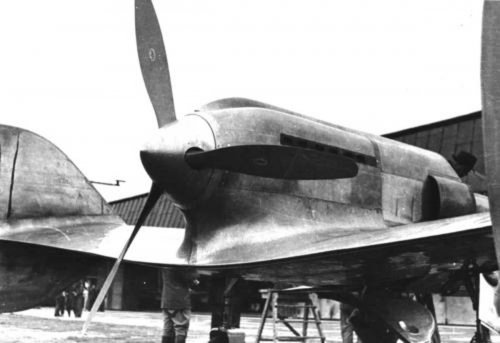
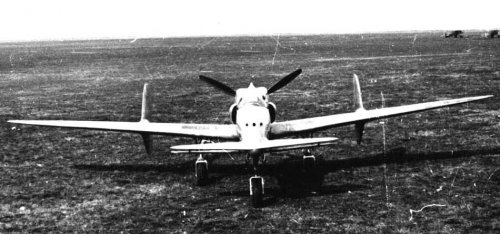
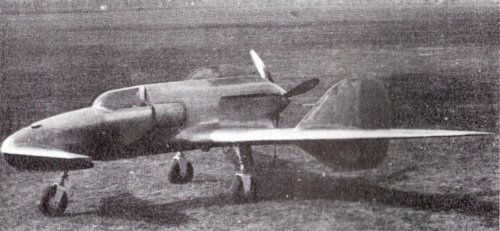
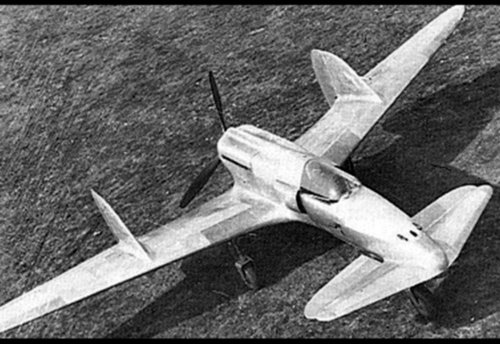
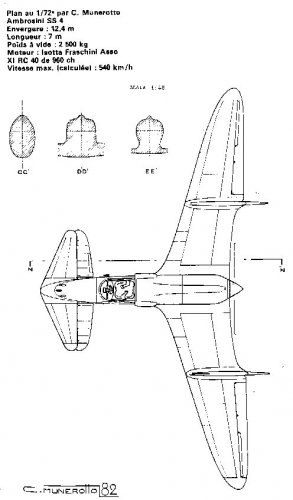
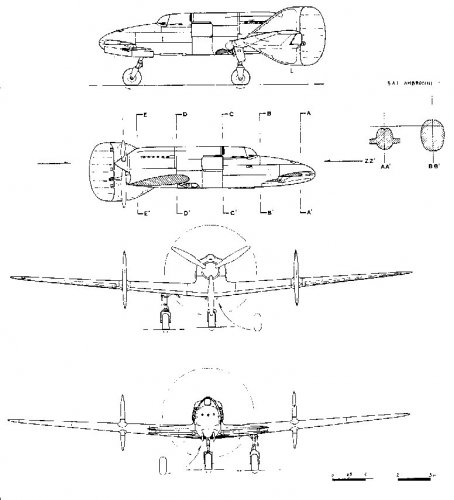
Nick Sumner said:Wait! What? Is that a Zeta engine with a turbocharger? The word 'stratosferico' seems to be written at the top.
Very beautiful post, Many thanks for the three-view drawings!
Yes! "A vari ristabilimenti di potenza" refers to that, in italian it's called "quota di ristabilimento" or adaptation heightThank you Hesham for an interesting link:
"Stefanutti (quello degli Aerfer ) nel settembre 1942 presento' il progetto di un caccia stratosferico per intercettare i bombardieri americani. Progetto totalmente originale aveva la cabina stagna, elica di grosse dimensioni, impianti di riscaldamento, guscio centrale della fusoliera blindato con acciaio 6mm, trasparenti di grosso spessore. Motore IF Zeta RC110 1200cv a vari ristabilimenti di potenza. Velocita' stimata in 660km/h , carico alare di soli 132 kg/mq , salita a 10000 in 13'48", tangenza 14300. Armamento vario ...da 4x20 a 4 da 12.7+2x20 .
"Il tutto era probabilmente classificato SAI 307 . Benche le caratteristiche mi paiono assai ottimiste ( l'aereo era mi paiono pesante , 3820 kg e il motore non troppo prestante ) il progetto era interessante anche se ovviamente era troppo tardi per svilupparlo."
My Italian is not very good, but I have translated the above as follows.
"In September 1942, Stefanutti (the one with Aerfer) presented his project for a stratospheric fighter to intercept American bombers. This totally original project had a pressure cabin, a large propeller, a heating system, and a cockpit with 6-mm steel armor and very thick transparencies. A 1200-hp Isotta-Fraschini Zeta RC110 engine “with various power recoveries.” Top speed was estimated at 660km/h, wing loading at 132 kg/sq-m, rate of climb to 10000 m at 13 minutes, 48 seconds, and service ceiling at 14,300 m. Armament varied from 4x20-mm cannon to 2x20-mm cannon plus 4x12.7-mm machine guns.
"The whole was probably classified as the SAI 307. Although the [quoted] characteristics seem rather optimistic (the airplane would have been pretty heavy, 3820 kg and the engine none too strong), the project is interesting although obviously too late for development."
The phrase "a vari ristabilimenti di potenza" (“with various power recoveries”?) puzzles me. But I think it must refer to the engine supercharger's ability to maintain power up to and beyond its critical altitude.
I think that the supercharger was likely mechanical rather than an exhaust-driven turbo. Although the drawing does not rule out the latter, I think it looks more like a Daimler-Benz type hydraulically driven mechanical supercharger.
Interesting in any case.
the logical series for this aircraft was to imagine there were SS.5 and SS.6 ?!.
And over at SAI Ambrosini, there is no sign of any corresponding 'SAI 5' or 'SAI 6' designation either
That photo looks more like the replica recently built with a modern engine (Rotax?) and carbon fiber propeller with 4 broad blades.
with 2 blades only. Yes definitely.The original had an inverted, inline engine with 4 or 6 cylinders.
